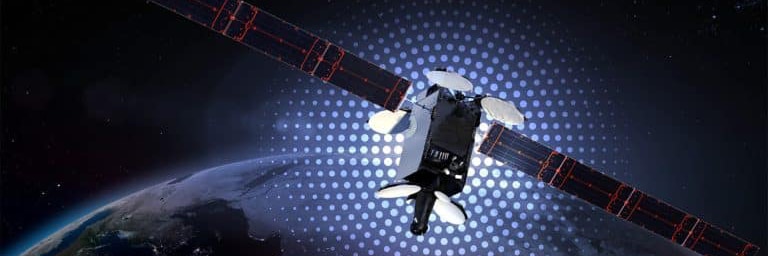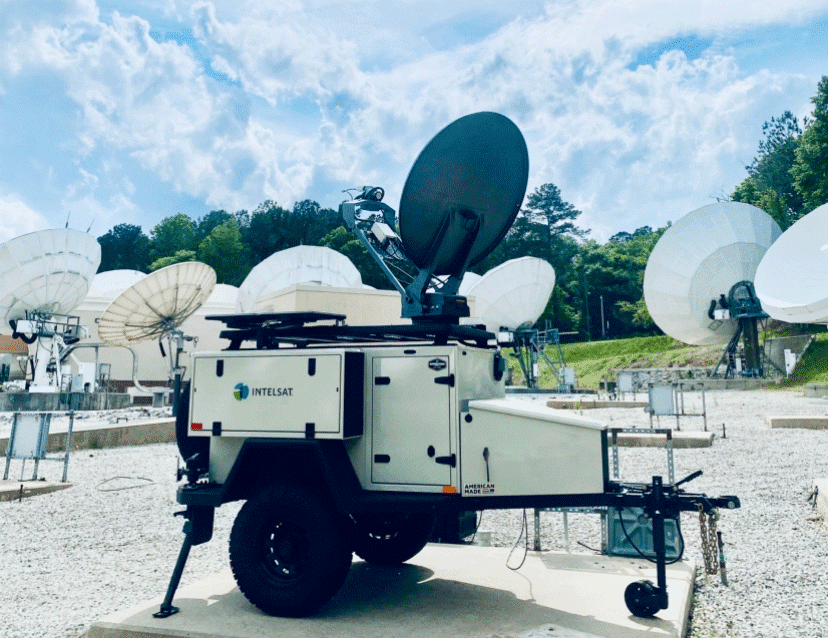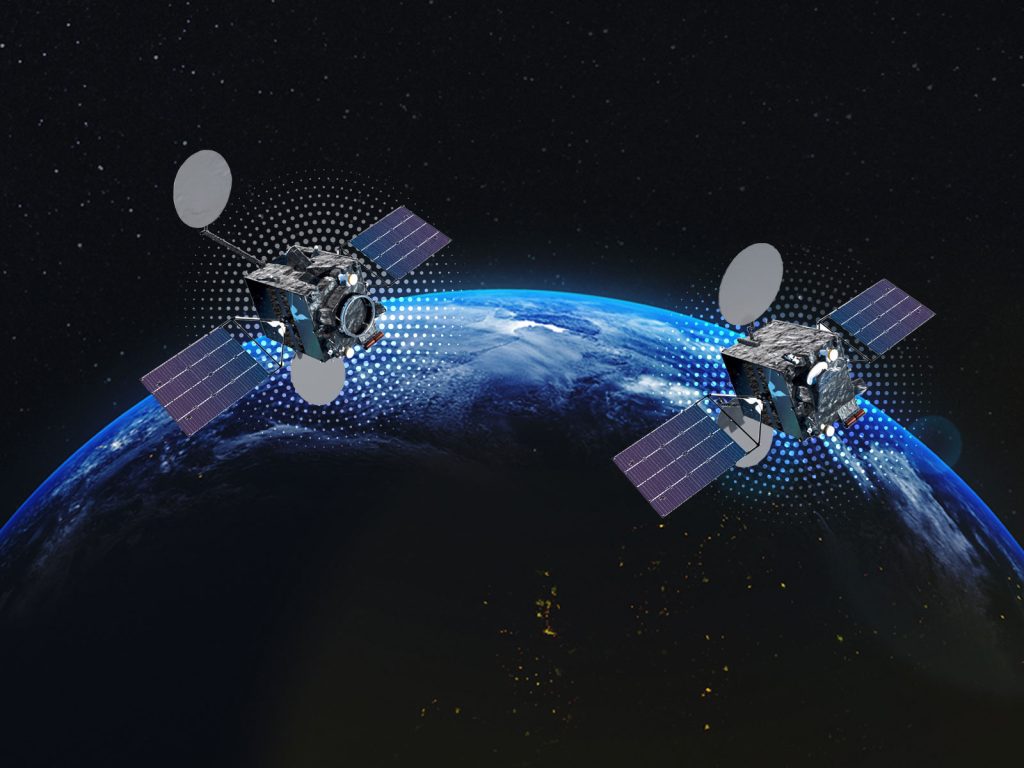Commercial Space Operators To Canada: “We’re Here, and We can Help”
 Canada is attempting, for the second time, to kick off a project that would put satellites into the Arctic to improve communications for its military and federal departments. But while Canada looks to its neighbors to help foot the bill, the country could save significant time and money by taking a look at what’s available from the commercial satellite industry.
Canada is attempting, for the second time, to kick off a project that would put satellites into the Arctic to improve communications for its military and federal departments. But while Canada looks to its neighbors to help foot the bill, the country could save significant time and money by taking a look at what’s available from the commercial satellite industry.
Under a previous government, Canada’s National Post reports, the Canadian Space Agency and the country’s military proposed a plan for a system of satellites for the Arctic. However, the project was ditched when costs skyrocketed.
The current project, dubbed the Enhanced Satellite Communication Project, is estimated at C$2.4 billion. Canada is in discussions with Norway, Denmark and the U.S. to see if they’ll help fund the program. If it moves forward, a contract will be awarded in 2020 and a spacecraft will be launched around 2024.
In the meantime, the clock is ticking. Canada’s communications requirements will continue to grow, with or without its budget, as warming seas open ice-free shipping lanes to international traffic for longer periods of time during the year.
By going commercial, Canada can be assured that it will have continuous access to the technological innovation and refresh cycles necessary for keeping up with the rapid changes in the Arctic. According to the article, the Canadian military officer in charge of space activities is aware that the country needs to be actively thinking ahead:
“[Brig.-Gen. Blaise] Frawley said planning in advance for space systems is important because, unlike warships or aircraft that can last 30 or 40 years, spacecraft have a life expectancy of between five and 10 years. That short life cycle requires better planning. “When we field a constellation (of satellites) in space, if we’re not already thinking of the follow on, then we will have a gap in capability in a lot of cases,” he said.”
Commercial space is a competitive market, with Intelsat and other operators constantly investing in technology to better manage their own operations and to stay ahead of the competition. Operators of small constellations even hand over the operation of their satellites to Intelsat to ensures that the satellites are operated by skilled professionals who know how to use the latest technologies.
Intelsat’s recent announcement of a merger with OneWeb is evidence of the forward thinking taking place in the commercial sector. Together, the companies will create a space industry leader in both geosynchronous earth orbit (GEO) and low earth orbit (LEO). Together, they are looking to create the world’s first LEO/GEO Ku-band network. How GEO and LEO can work together was a hot topic at the recent Satellite 2017 conference in Washington, DC.
Commercial satellite companies have programs underway that could meet or exceed Canadian requirements for consistent communications for its military forces and government agencies, as well as provide connectivity for the country’s northern communities and for Arctic science experiments.
The combination of OneWeb’s proposed constellation of up to 648 LEO satellites and Intelsat’s global constellation of over 50 GEO spacecraft would give Canada access to wide-ranging communications capabilities, even in its far northern latitudes, as early as 2020, well ahead of the projected timeframe of its proposed government satellite project.
The longer Canada waits to launch its satellites, the more urgent its SATCOM needs will become. By considering commercial SATCOM capacity, Canada can access the latest satellite technology, improve coverage and performance while also saving a great deal of money. Hopefully, that’s the kind of value proposition in space our northern neighbor can’t ignore.






















